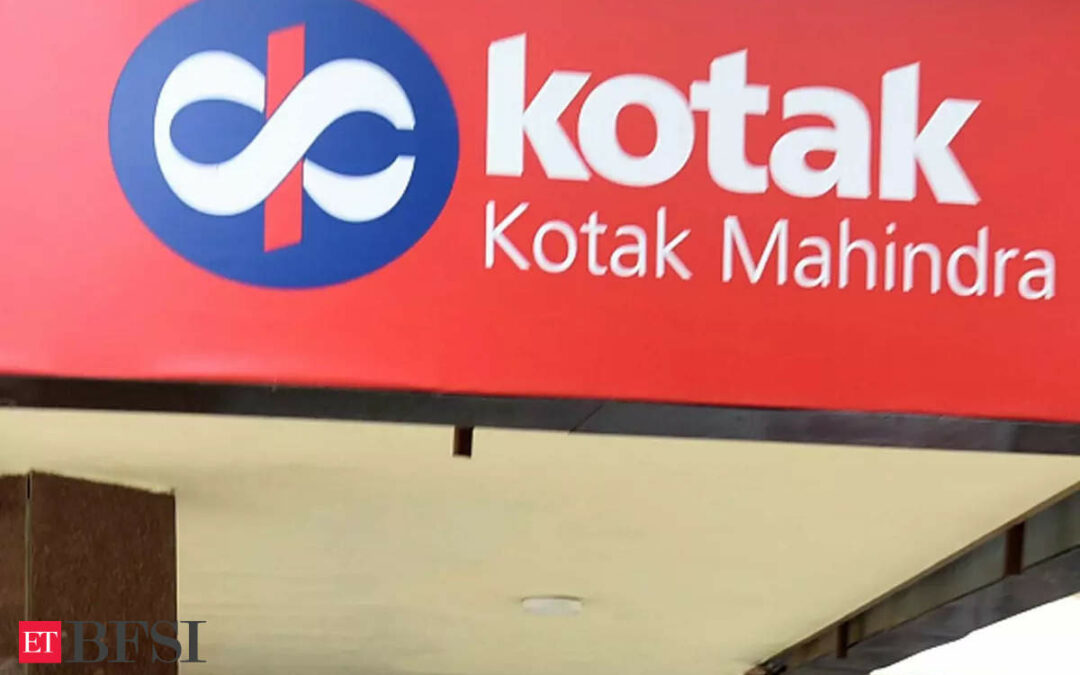With Kotak Mahindra Bank having fallen from its previous swing high from 1,870 level to a swing low of 1,729 level, domestic brokerage firm JM Financial sees the bank stock outperforming the Nifty50 index in ratio trade.
Kotak Bank has managed to move above the trend-line resistance today, suggesting further strength to prevail.
“With the 50-day, the 100-day and the 200-day trading in a narrow range of less than 1%, we expect an expansion in the range. Since the shorter term EMAs have started trading above the longer term EMAs, we expect the expansion on the back of an up-move,” said domestic brokerage firm JM Financial in its report.
(Source: JM Financial)
JM Financial has the following recommendations for the ratio trade:
Current ratio: 0.0726
Ratio target: 0.0799
Ratio stop loss: Below 0.069 levels on a closing basis
Despite a decline in the stock price in the current series, cumulative futures open interest has declined by -5%. With no short accumulation being observed at these levels, data suggest lack of directional short interest.
Also read: Saurabh Mukherjea picks 3 new small and midcap stocks, exits Tata Elxsi
On a year-to-date basis, the stock has underperformed the Nifty by 19%. In comparison to the NSE200 weights, mutual funds are underweight in the stock.
On a 5-year data window, the ratio is trading -1.9 standard deviation below the mean level of 0.1098. It is at its 1.7 percentiles.
Ratio trading is an investment strategy where two assets are traded against each other to capitalize on the strength and positive price movement of one asset. This strategy relies on the price ratio between two or more assets, such as stocks, commodities, fiat currencies, or cryptocurrencies.
By closely monitoring the ratio between the paired assets and trading when significant price deviations occur, investors aim to profit and increase their holdings.
Shares of Kotak Mahindra Bank were flat around 1:15 pm at Rs 1,797.25 on BSE today.
(Disclaimer: Recommendations, suggestions, views and opinions given by the experts are their own. These do not represent the views of Economic Times)











